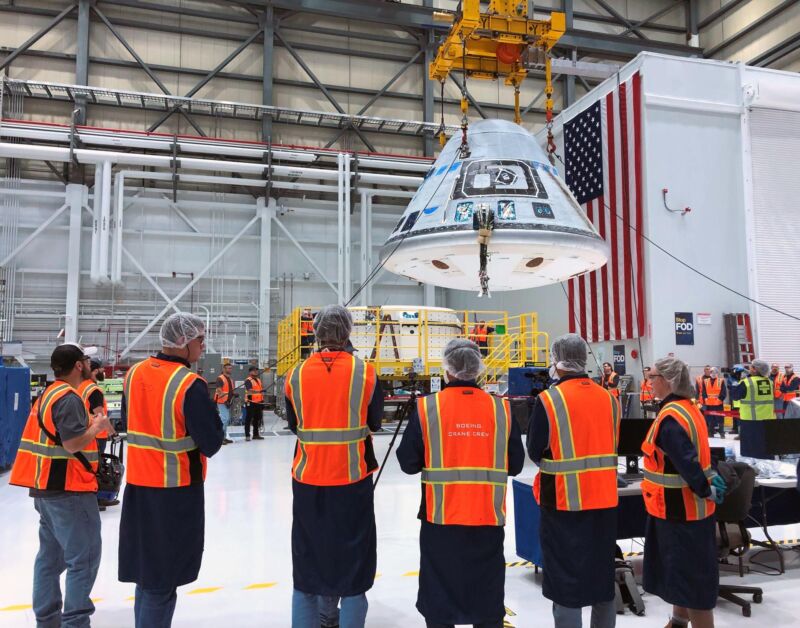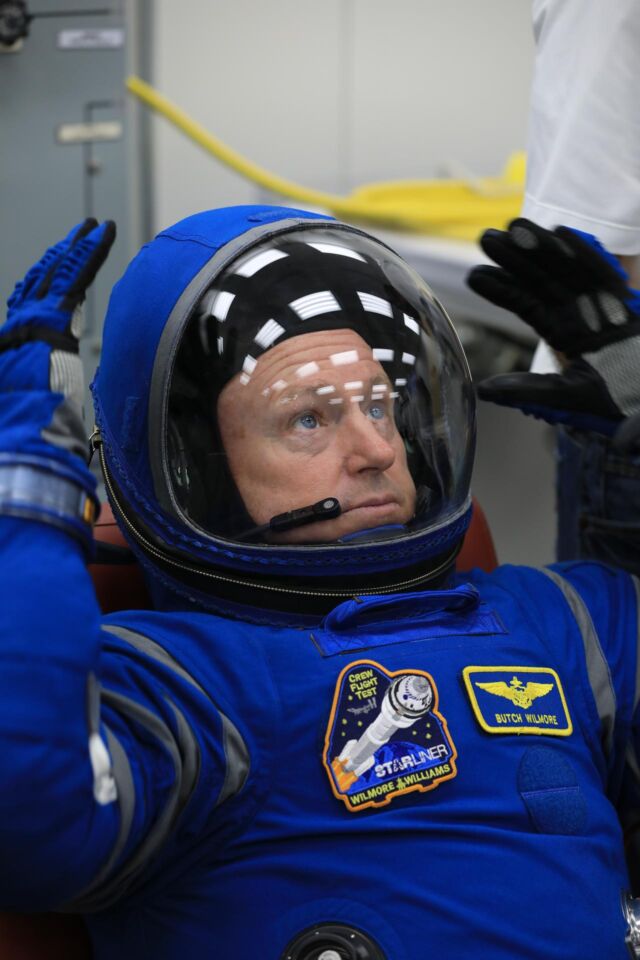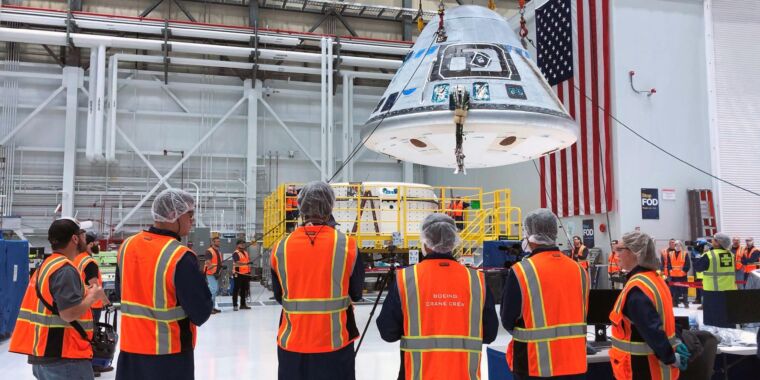
We’ve heard this before, but Boeing appears to be a couple of months from finally launching astronauts into orbit aboard the commercial CST-100 Starliner crew capsule.
It was about two months prior to this mission’s previous launch date last July when Boeing and NASA officials decided to put a hold on launch preparations. During their final reviews to certify Starliner for flight nearly a year ago, engineers discovered two technical issues that somehow escaped detection for years.
One of these issues involved parts of Starliner’s parachute deployment system that did not meet required safety specifications. The other was a revelation that Boeing installed flammable tape wrapped around wiring bundles throughout the spacecraft, creating a potential fire hazard. These were the latest in a line of technical problems that have plagued the Starliner program, delaying the new spacecraft’s first test flight with astronauts from 2017 until this year.
Over the last year, engineers have redesigned critical components of the parachute system and removed roughly 4,300 feet (1.3 kilometers) of the flammable tape—known as P213—from the Starliner spacecraft.
“We’ve worked through a number of issues that delayed the launch from last summer and closed those out,” said Steve Stich, manager of NASA’s commercial crew program. “We had a successful parachute test in early January, with some modifications to the parachute system to improve the strength of those parachutes. That went well. We reviewed that data.”
This was the final test of Starliner’s parachute system before the spacecraft finally takes off with astronauts onboard, according to Stich. This upcoming flight, called the Crew Flight Test, is currently targeted for liftoff from Cape Canaveral Space Force Station in Florida no earlier than April 22, he said in response to questions from Ars.
Assuming liftoff happens on April 22, the launch time would be approximately 4:24 am EST (09:24 UTC), based on the alignment of the International Space Station’s orbit with the launch pad in Florida. Veteran NASA astronauts Butch Wilmore and Suni Williams will fly Starliner to a docking with the space station, then return to Earth for an airbag-cushioned parachute-assisted landing in New Mexico. The entire test flight will last roughly 10 days.
Rolling back the tape
“We needed one test with the new upgraded system,” Stich said of the spacecraft’s parachutes. “We changed the joints on the suspension lines, strengthened the main canopies, and then also there were some soft links that needed to be strengthened, which we flew on two parachutes on that test and those all looked good. We inspected all the hardware after that parachute test in Yuma (in Arizona), and that hardware all looked great.”
There are 24 of these fabric soft links on each Starliner spacecraft, with eight on each of the capsule’s three main parachutes. The soft links are part of the network of lines connecting each parachute canopy to the spacecraft. During their final safety reviews last year, engineers discovered the soft link connections were more prone to failure than anticipated, especially in a situation where one of the spacecraft’s three main chutes didn’t deploy. One of the Starliner program’s fundamental safety requirements is that the spacecraft can safely land with two of its three chutes.
For the final prelaunch parachute test on January 9, Boeing verified the strength of the soft links using a test vehicle with the same weight as a Starliner spacecraft. During this test, the test vehicle dropped from a C-130 cargo plane over a US Army facility in Arizona. Engineers purposely used only two chutes to simulate the additional stress the system would see during an extreme case.

While Boeing prepared for the parachute drop test, technicians inside the Starliner factory at NASA’s Kennedy Space Center removed most of the flammable P213 tape from the spacecraft assigned to the upcoming astronaut flight. This took several months. There were some areas where the tape couldn’t be removed, according to NASA, and in these places, workers overlapped the P213 material with another non-flammable chafe-resistant tape and installed fire breaks on wire harnesses, according to NASA.
You can look at the late discovery of the flammable tape and parachute safety issues in a couple of ways. It demonstrates the rigor of NASA’s certification processes for human spaceflight, but any space program manager will tell you it’s less expensive and less time-consuming to discover these problems at an earlier stage of development, not at a point when fixing these problems requires disassembling major parts of the spacecraft.

